In nature, cooperative hunting is a strategy chosen by some animals to increase their hunting success rate. Unlike predators that act alone, cooperative hunting usually requires a high degree of coordination and teamwork. This article will introduce several animals with hunting partners, explore their cooperative strategies in hunting, and show how the animal world increases hunting efficiency through teamwork.
Lions are one of the most famous cooperative hunters. They usually hunt in groups of lion prides. The members of a lion pride have clear division of labor. Usually, female lions are responsible for hunting, while male lions are responsible for protecting the territory and the lion pride.
Cooperative strategy: Lions use division of labor and cooperation to capture prey when hunting. Some lionesses drive the prey, while others ambush it. When the prey enters the circle, they quickly attack.
Prey: Lions usually hunt large herbivores such as zebras, wildebeests, and antelopes. Because these prey are large and fast, cooperative hunting among lions is particularly important.
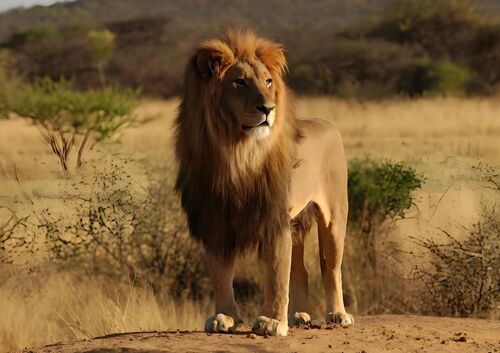
Cooperative hunting among wolves is a key strategy for their survival. A wolf pack usually consists of a dominant pair of wolves, and the other members live and act according to a strict social hierarchy.
Cooperative strategy: Cooperative hunting among wolves is accomplished through teamwork, strategic encirclement, and pursuit of prey. They use the power of the group to hunt prey larger than themselves, such as elk or bison. Each wolf has a different role in the team, some are responsible for guiding the prey, and some are responsible for the final attack.
Prey: Wolves prey includes large mammals such as deer and elk. By working together, they are able to defeat prey that they cannot catch alone.
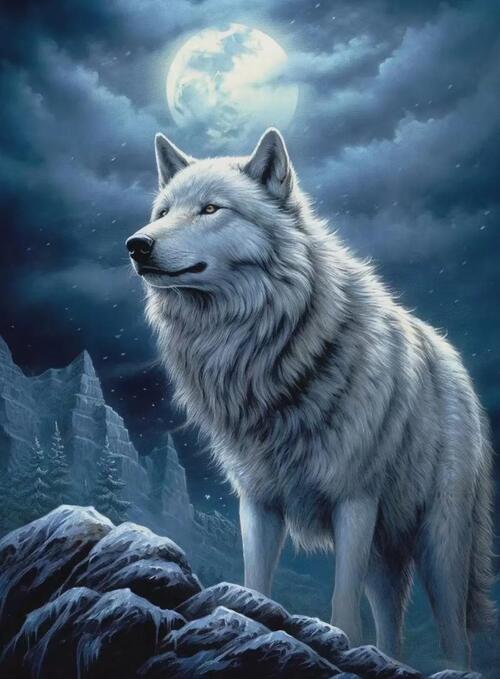
dolphins.html">Dolphins are intelligent hunters in the ocean and widely use cooperative hunting strategies. Their high intelligence and flexible communication methods make them extremely effective hunters.
Cooperative strategy: dolphins.html">Dolphins use sound waves and body movements to team hunt, often forming a circle to force schools of fish to the surface of the sea, and then preying on them one by one. They also use mud or seaweed on the seabed as tools to trap prey and increase their capture rate.
Prey: Dolphins' main prey is fish and squid. Teamwork allows them to quickly and accurately control schools of fish and prevent prey from escaping.
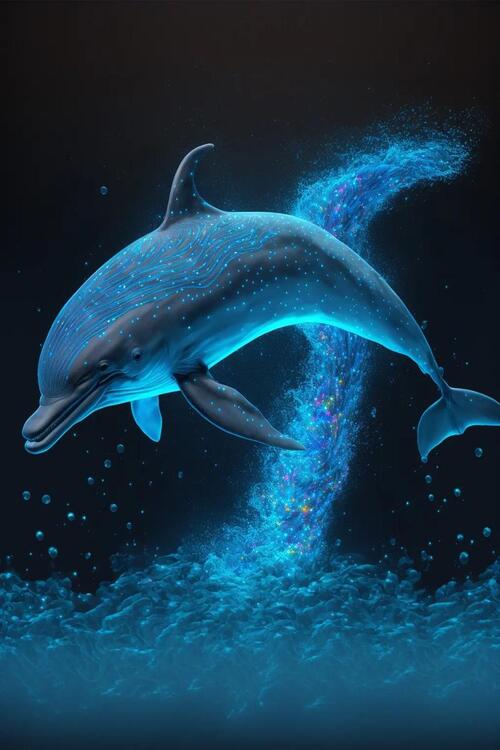
African wild dogs are known for their highly cooperative hunting methods. They are considered one of the land predators with the highest hunting success rate, with a success rate of nearly 80%.
Cooperation strategy: African wild dogs capture prey through group cooperation and strict tactical coordination. They take turns to move forward when chasing prey to ensure that other members can maintain their physical strength. At the same time, there is a clear division of labor among wild dogs, some are responsible for driving prey, and some are responsible for attacking at the right time.
Prey: Wild dogs' main prey is small and medium-sized herbivores, such as antelopes and zebras. Their teamwork and persistent pursuit ability enable them to successfully capture extremely fast prey.
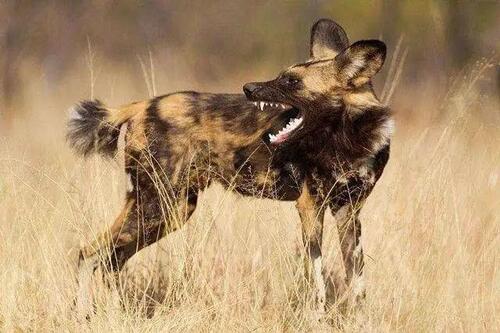
Despite their huge size, some whale species, such as killer whales, also choose to hunt cooperatively. Killer whales are top predators with almost no natural enemies. They rely on group strength and high intelligence to hunt all types of marine life.
Cooperative strategies: Killer whales form small groups and use complex cooperative hunting methods to deal with seals, sharks and even other whales. They will work together to surround their prey, or use sound waves and water currents to interfere with the direction of their prey, leaving them with nowhere to escape.
Prey: Killer whales prey on fish, seals, dolphins, and even large whales. Teamwork allows them to capture prey that is faster or more defensive.
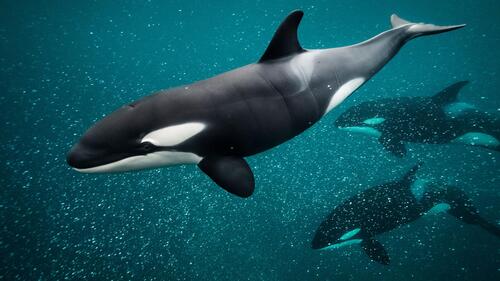
Although orangutans are mainly omnivores that feed on fruits and plants, they also cooperate in hunting in some cases, especially catching small mammals.
Cooperation strategy: Orangutans work in groups to catch small animals or birds. They use complex gestures and sounds to communicate and coordinate actions to ensure that the prey has nowhere to escape.
Prey: Orangutans usually hunt insects, small mammals, and birds. Through cooperation, they can more easily obtain scarce protein sources.
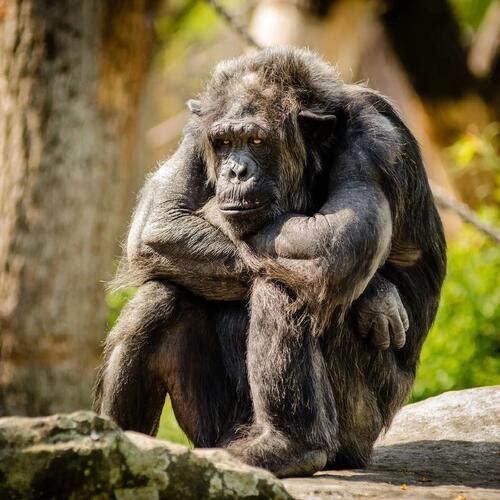
Falcons, such as Peregrine falcons, usually hunt alone, but in some special circumstances, they will also form temporary hunting alliances.
Cooperative strategy: In some difficult hunting situations, such as catching extremely fast birds, falcons may cooperate and use the power of the group to drive the prey to a specific area, and then another falcon will attack.
Prey: Falcons' prey is usually small birds or insects. Through cooperation, they can more accurately catch extremely fast prey.
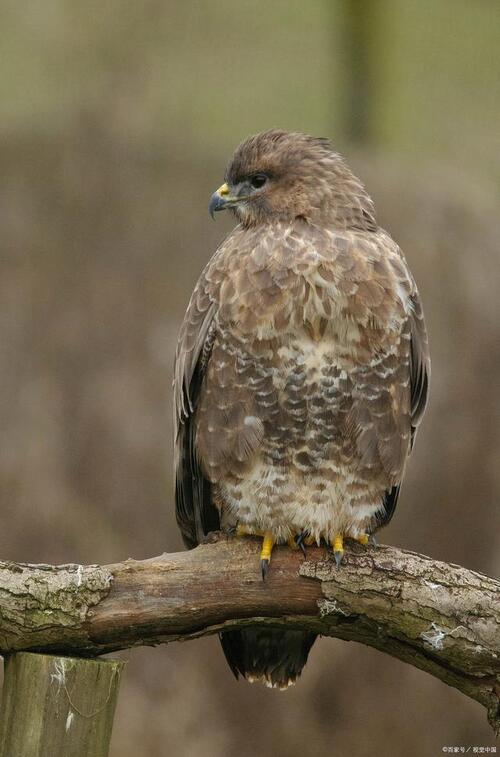
In the animal world, cooperative hunting is not only to improve hunting efficiency, but also to enhance the survival ability of the group. Whether on land, in the air or in the sea, these animals have demonstrated amazing hunting skills through teamwork. Lions, wolves, dolphins, African wild dogs and other animals rely on efficient cooperation to occupy the position of top predators in complex natural environments.
In nature, animals usually follow food chains or competition, but sometimes they show amazing cross-species friendships. These extraordinary emotional bonds not only move us, but also reveal the unique way animals get along with each other. Here are some of the most famous cross-species friendships that break people's traditional understanding of animal behavior.
Cross-species friendships between dogs and dolphins are stories that people often hear in coastal areas. Although the two live in completely different environments, they sometimes form deep feelings.
Case: In Florida, a golden retriever named "Gunther" and local dolphins often play near the coastline. They swim together and chase each other, showing similar interactions with humans.
Possible reasons: Dogs and dolphins are both highly social, friendly and curious by nature, which may be the reason why they can become cross-species friends.
Elephants are often considered very friendly animals because of their gentleness and intelligence, and dogs' loyalty and affinity also make them good companions for many animals. The two animals have formed a deep friendship in some protected areas.
Case: At the elephant sanctuary in Tennessee, an Asian elephant named "Tarra" and a dog named "Bella" became inseparable friends. They accompanied each other, and even when Bella was sick, Tarra would stay by her side for a long time.
Possible reasons: Elephants and dogs are both social animals and can feel each other's emotional needs. They rely on each other in the environment of the sanctuary and gradually form a friendship.
Chimpanzees are close relatives of humans, with extremely high IQ and emotional expression ability. They often show care and curiosity for other species. In some cases, chimpanzees even form a warm friendship with kittens.
Case: A chimpanzee named "Anjana" became friends with a kitten. The chimpanzee would take care of the kitten, accompany it to play and rest, and showed a strong desire to protect it.
Possible reasons: Chimpanzees have the behavior of caring for their companions in nature. Their strong empathy and caring ability make them willing to accept animals that are very different from themselves as friends.
In some wildlife reserves in Africa, the unexpected friendship between a tortoise and a baby hippopotamus has become a hot topic among tourists. This seemingly incredible friendship shows the tolerance and warmth in the animal world.
Case: In a wildlife reserve in Kenya, a lonely baby hippopotamus and a 100-year-old tortoise formed a friendship. After the baby hippopotamus lost its mother, the tortoise became its emotional sustenance. They were inseparable and even to rest and forage together.
Possible reasons: The baby hippopotamus may regard the older turtle as a substitute for its mother, and the turtle accepted this special little friend with its calm and patient character.
Lions and zebras are usually in a relationship of hunting and being hunted, but in some special circumstances, they can also form a short-term friendly relationship.
Case: In some zoos or reserves, lion cubs and zebras occasionally form a close relationship when they are raised together in their infancy. Before they realize that they are natural enemies, they will play together and trust each other.
Possible reasons: Young animals usually do not have hunting and defense instincts, and cross-species cubs are more likely to establish close relationships through interaction, especially in a protected environment.
Foxes and dogs belong to the same family, Canidae, but wild foxes are generally regarded as cautious and solitary animals. However, under certain conditions, they will also establish a deep friendship with domestic dogs.
Case: In Norway, a fox named "Sniffer" and a dog named "Tinny" became close friends. They would explore and play in the forest together, showing a bond that transcends species.
Possible reasons: Foxes and dogs have similar behaviors, especially when they are highly social in their infancy, they are more likely to form bonds with each other.
On some farms in Australia, kangaroos and alpacas have formed a close partnership. Although they have different living habits, they can live in harmony and rely on each other in a peaceful environment.
Case: On a farm in Australia, a kangaroo and an alpaca became inseparable friends. The kangaroo often snuggles up to the alpaca, and the two accompany each other in daily life.
Possible reasons: Kangaroos and alpacas are both social animals, and their friendship may stem from the need for social interaction and adaptability to the environment, especially when there are sufficient food resources.
Interspecies friendship not only provides us with warm stories, but also allows us to better understand the emotional world of animals. Whether in the wild or in artificial protection environments, these interspecies relationships demonstrate the tolerance, adaptability and social ability of animals. They teach us that friendship is not limited to the same species, and even deep emotional bonds can be formed between different species.
In nature, many animals cooperate with each other through symbiotic relationships and survive together. Symbiosis is a long-term interaction between organisms, usually divided into mutualism, parasitism, and partialism. The following are some famous animal symbiotic relationships, showing the dependence and cooperation between different species in the animal world.
Clownfish and sea anemones are one of the most classic mutualistic symbiotic relationships in the ocean. Their cooperation not only helps each other survive, but also forms a stable microenvironment in the marine ecosystem.
Benefits of clownfish: Clownfish use the sting of sea anemones to avoid predators because they are immune to the toxins of sea anemones and can live safely around sea anemones.
Benefits of anemones: Clownfish attract other fish to anemones, and anemones can prey on these attracted fish. In addition, clownfish clean anemones and drive away parasites that are harmful to anemones.
The symbiotic relationship between rhinoceros and rhino birds is another typical example of mutual symbiosis on the African grasslands. Both benefit each other through cooperation.
Benefits of rhinoceros: Rhino birds feed on parasites on rhinoceroses and help rhinoceroses remove pests on their bodies. At the same time, rhino birds will issue warning sounds to remind rhinoceroses of dangers around them.
Benefits of Rhino Birds: Rhino Birds have access to a rich source of food, especially ticks and other parasites on rhinos, which provide them with a stable source of nutrition.
The relationship between sucker fish and sharks is a partial symbiosis, that is, one organism benefits, while the other does not benefit or suffer.
Benefits of Sucker Fish: Sucker fish use the suckers on their abdomens to attach to sharks, move quickly with the help of sharks' swimming, and enjoy the leftover food scraps of sharks, saving the trouble of finding food for themselves.
Sharks’ Impact: Sharks do not directly benefit from suckers, but they are not disturbed by them either, and the two live in harmony.
Mutualism between ants and aphids is very common in the plant world, especially on trees and garden plants.
Benefits for Aphids: Ants protect aphids from predators, especially ladybugs and other natural enemies. Ants build nests to protect aphids and drive away organisms that threaten aphids.
Benefits for ants: A sweet juice called honeydew secreted by aphids is the main food source for ants, and ants obtain nutrition by collecting honeydew.
Some species of crabs, such as sponge crabs, form a mutualistic symbiosis with sponges. Their cooperative relationship provides food and protection for each other.
Benefits for crabs: Crabs place sponges on their bodies and use the sponge's camouflage ability to hide themselves and avoid being discovered by predators.
Benefits for sponges: Crabs provide a stable habitat for sponges. As crabs move, sponges can contact more water flow and obtain nutrition.
In coral reef ecosystems, cleaner shrimps and some cleaner fish (such as cleaner fish and cleaner goby) form a mutually beneficial symbiotic relationship by cleaning the bodies of other large fish.
Benefits of large fish: These cleaner shrimps and fish help large fish remove parasites, dead skin and food debris to keep the fish healthy.
Benefits of cleaner shrimps and fish: They obtain a sufficient source of food by cleaning large fish. Surprisingly, large predatory fish do not prey on the cleaners during the cleaning process, and even open their gills to make it easier for them to clean.
The relationship between turtles and lice is a parasitic symbiosis. Although this relationship is not a win-win situation like mutualism, it shows how parasites in nature benefit from their hosts.
Benefits of lice: Lice attach to the skin of turtles and suck the blood and tissues of turtles for nutrition.
Impact on turtles: Although lice do not cause immediate death of turtles, they consume nutrients from the host and may cause skin infections.
The symbiotic relationship between crocodiles and toothpick birds is a classic case of mutual symbiosis. The toothpick bird not only cleans the crocodile's mouth, but also helps the crocodile stay healthy.
Benefits for crocodiles: The toothpick bird will peck at the meat scraps and parasites in the crocodile's mouth, helping the crocodile clean its mouth and prevent oral infection.
Benefits for toothpick birds: Crocodiles provide a rich source of food for toothpick birds, from which toothpick birds can obtain sufficient nutrition.
Symbiotic relationships in nature show the diversity of cooperation and dependence between animals. From mutualism to partial mutualism to parasitism, there are many ways for different species to interact with each other. These relationships not only help species survive and reproduce, but also maintain the balance and stability of the entire ecosystem.
animal tags: Falcon Orangutan Whale African-wild-dog Lion
We created this article in conjunction with AI technology, then made sure it was fact-checked and edited by a Animals Top editor.